Exploring Metal 3D Printing
Metal 3D printing, an advanced manufacturing technique, employs metal powder or wire to fabricate three-dimensional objects. Known as additive manufacturing, this cutting-edge process is set to transform the way metal parts are produced. In contrast to conventional subtractive methods, metal 3D printing constructs components layer by layer, utilizing a potent laser or electron beam to fuse metal powder into complex, solid structures.
The allure of metal 3D printing stems from its adaptability and precision. It empowers engineers and designers to craft intricate components that would challenge or elude traditional fabrication techniques. This technology is especially beneficial for sectors requiring detailed metal parts, such as aerospace, automotive, and medical implant industries, delivering products with superior strength, fine surface finishes, and precise dimensions.
Guided by computer-aided design (CAD), metal 3D printers employ selective laser melting (SLM) or selective laser sintering (SLS) to shape parts. The printer interprets a digital model of the intended object, then methodically deposits material in layers as specified. Following each layer's application, the powder bed descends, and a laser or electron beam solidifies the metal in the designated pattern, repeating until the part is complete.
Far from being exclusive to major manufacturers, this groundbreaking technology is accessible to small enterprises, rapid prototyping labs, and educational institutions, enabling them to leverage metal fabrication without the extensive setup and overhead associated with traditional machining. Consequently, metal 3D printing is democratizing manufacturing, offering an economical and attainable option for companies to generate superior metal parts on-site.
Varieties of Metal 3D Printers
The market presents a spectrum of Metal 3D printers, each designed to fulfill distinct requirements and applications. Below are some prevalent types:
-
Direct Metal Laser Sintering (DMLS) Printer: Precision is the hallmark of these machines, which sinter metallic powder into solid parts using a laser. They are indispensable in sectors that demand intricate designs and fine details, such as aerospace and medical device production.
-
Bound Metal Printer: These printers bind metal powder during the print process and are typically employed for crafting detailed models and small parts with robust strength and smooth finishes. They are commonly used for prototyping and tooling components.
-
Hybrid Metal Printer: Merging metal 3D printing with conventional CNC milling, hybrids provide the versatility to fabricate parts through both additive and subtractive methods. They are particularly valuable for complex parts requiring precise manufacturing.
-
Laser Metal Deposition (LMD) Printer: Known as laser engineered net shaping (LENS), these printers deploy a concentrated laser beam to melt and layer metal powder, renowned for their capacity to create dense parts with minimal porosity, advantageous for components that demand robustness or exposure to extreme conditions.
Each printer type is suited to specific applications, from crafting intricate medical implants to custom tooling in print shops.
Selecting a Metal 3D Printer
Choosing the appropriate metal 3D printer for your enterprise involves several factors akin to those in any additive manufacturing equipment selection. The nature of the metal parts you aim to produce will significantly guide your choice:
-
Material Compatibility: Verify the printer's ability to process the metal you need. While some printers are specialized for particular metals, others can accommodate a variety of materials.
-
Print Volume: Assess the dimensions of the components you plan to create. Printers vary in build volumes, so selecting one that fits your requirements is essential.
-
Resolution and Accuracy: Parts requiring high resolution and intricate details call for a printer capable of delivering fine resolution without sacrificing accuracy.
-
Support and Maintenance: Ascertain that the supplier offers comprehensive support and maintenance to ensure uninterrupted operation.
-
Environmental Control: Some printers necessitate specific environmental conditions like controlled temperature or humidity. Ensure your facility can meet these needs.
Considering these elements, alongside your company's budget and production needs, will enable you to make a well-informed decision when acquiring a metal 3D printer.
About Metal 3D Printers on Alibaba.com
Alibaba.com distinguishes itself as a global marketplace for sourcing Metal 3D Printers suited to diverse industrial demands. With a vast network of suppliers, Alibaba.com offers machines ranging from compact desktop models to expansive industrial systems, streamlining the procurement process for businesses adopting additive manufacturing. The platform's dedication to facilitating international trade broadens accessibility for businesses globally.
Alibaba.com's assortment of Metal 3D Printers ensures that firms can locate machines with the necessary features, whether it's auto-leveling for precision engineering or advanced CNC machining for intricate parts. The platform's Trade Assurance service reassures buyers by safeguarding payments until delivery confirmation.
Utilizing Alibaba.com's platform features, such as detailed supplier profiles and communication tools, companies can make educated purchasing choices based on machinery test reports, core components, material options, and key selling points. This thorough approach guarantees that businesses not only find a Metal 3D Printer that meets their operational requirements but also feel confident about their investment's role in fostering growth and competitiveness in the market.
Common FAQs for Metal 3D Printers
What materials are used in metal 3D printing?
Metal 3D printing predominantly uses materials such as stainless steel, aluminum alloys, and tool steel, known for their robust strength-to-weight ratio and durability, catering to a range of industrial uses.
How does a metal 3D printer's quality affect the final product?
The caliber of a metal 3D printer directly influences the accuracy, surface finish, and structural integrity of the printed parts. Higher quality machines yield components with more precise dimensions and superior finishes.
Can metal 3D printers fabricate functional parts?
Absolutely, metal 3D printers are engineered to produce parts with functional integrity, capable of creating items such as gears, tools, and complex industrial components.
What are the benefits of metal 3D printing over conventional machining?
Metal 3D printers can realize complex shapes that are challenging or unattainable with traditional machining, offering enhanced design flexibility and the potential to shorten production cycles.
Are metal 3D printers adept at creating parts with intricate internal structures?
Indeed, metal 3D printers excel at fabricating parts with complex internal configurations, which is particularly advantageous for sectors that require designs unachievable through standard manufacturing techniques.
How can I ensure metal 3D printed parts are compatible with existing machinery?
To guarantee compatibility, align the material specifications and mechanical properties of the 3D printed parts with those of your existing machinery, consulting the printer manufacturer if needed.
What is the expected lifespan of a metal 3D printer?
The lifespan of a metal 3D printer varies based on usage and maintenance, but with proper care, these machines can operate for several years before necessitating major replacements.
Can metal 3D printers produce parts with different surface textures?
Yes, metal 3D printers are capable of generating parts with a range of surface textures, such as smooth, matte, or textured, depending on the specific model and settings employed.
Is prototyping metal parts feasible with a 3D printer?
Prototyping stands as a primary advantage of metal 3D printing, allowing for the swift creation of high-quality metal parts for design testing and refinement prior to mass production.
How does the size of a metal 3D printer influence its industrial application?
A metal 3D printer's size dictates the maximum dimensions of parts it can produce, with industrial printers suited for larger-scale production and desktop models ideal for smaller to medium-sized components.
Are there industry standards for metal 3D printing to consider?
While industry standards may differ by region or application, it's crucial to be cognizant of standards such as ISO 220 and ASTM to ensure your metal 3D printer complies with regulatory norms.
What maintenance practices extend the life of a metal 3D printer?
Consistent maintenance, including cleaning the build chamber, inspecting motors and sensors, and updating firmware as needed, will prolong the life of your metal 3D printer.
Can I utilize open-source designs with a metal 3D printer?
Open-source designs are compatible with metal 3D printers, provided they conform to the printer's file format, hardware specifications, and software requirements.
What support is available for businesses using metal 3D printers?
Businesses employing metal 3D printers can access varying support levels, from online technical help to video support and on-site maintenance and repair services, depending on their service contracts.


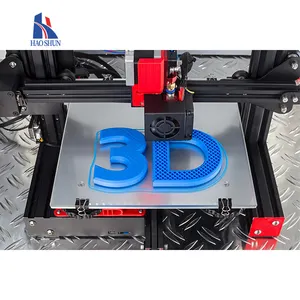





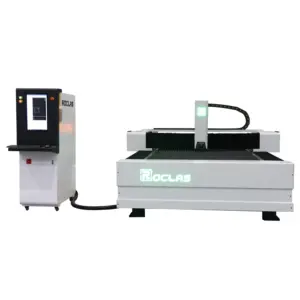



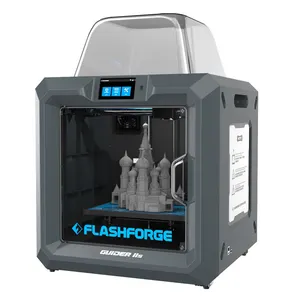
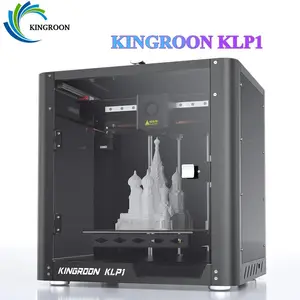




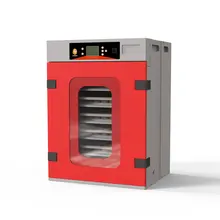


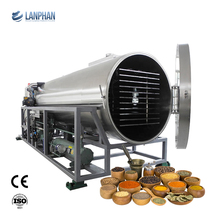

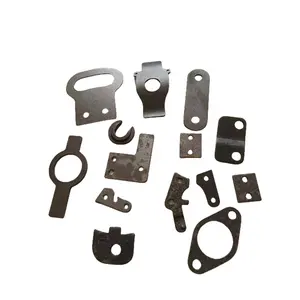
























 浙公网安备 33010002000092号
浙公网安备 33010002000092号 浙B2-20120091-4
浙B2-20120091-4